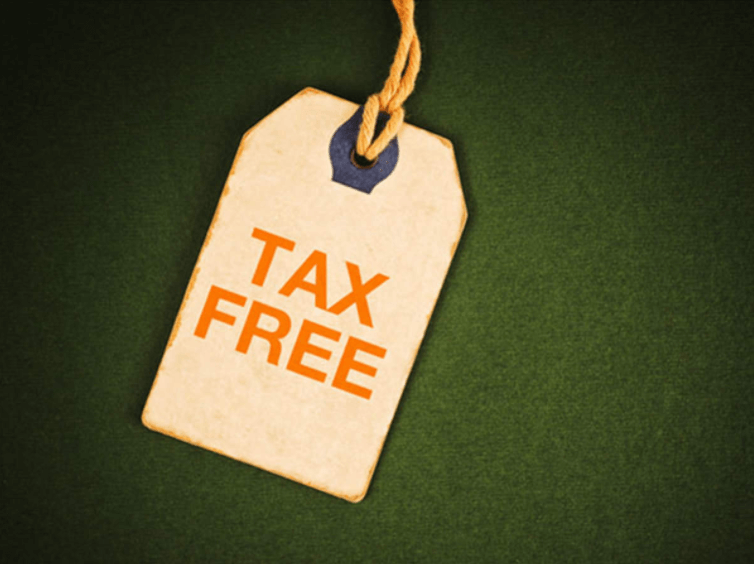Why Invest in Tax-Free Savings Account? Features and Benefits

Have some money and want to save, but don’t want to lock your funds in a fixed term and interest rate? Worry no more! A tax-free savings account might be just the right option for you. Read on to know more.
The Canadian government launched the Tax-Free Savings Account (TFSA) Program in 2009, wherein any Canadian resident, aged 18 or above and having a valid Social Insurance Number, can open a TFSA and earn tax-free returns from investing in them, even upon withdrawal.
Salient Features of the Account
1. Eligibility:
- As stated above, any Canadian resident aged 18 or above with a valid Social Insurance Number can open a TFSA.
2. Non-Resident Rules:
- A non-resident of Canada can also open a TFSA if he/she has residential ties in Canada such as:
- Home or personal property in Canada,
- Spouse or dependents or social ties in Canada,
- Canadian driver’s license, bank accounts, credit cards, or medical insurance coverage.
- However, a non-resident will be subject to a 1% tax rate for each month the contribution stays in the TFSA.
3. Contribution Room
- A maximum annual contribution limit is set for each financial year.
- For the year 2020, the TFSA annual limit was $6,000.
- Any amount withdrawn from the TFSA can be re-contributed later.
- Any unused contribution room can be carried forward without any upper limit.
- If contributed more than the limit, the account holder shall be subject to a tax equal to 1% of the excess TFSA amount invested in that month.
4. Eligible Investments
- Money denominated as any currency.
- Trust interests like mutual funds and real estate trusts.
- Shares of private corporations.
- Royalty units, partnership units, etc.
5. Withdrawals
- Funds can be withdrawn as and when required.
- All withdrawals are tax-free.
- Withdrawal in any year will create an extra contribution room in the following year.
Benefits of TFSAs
1. Earn Good Returns
TFSAs provide high-interest rates of about 0.5% per annum on the investments. Interest on contributions is calculated daily and paid on a monthly basis.
2. Flexibility
TFSAs do not require the account holder to maintain a minimum balance in the account. Also, the funds can be withdrawn as and when required, without paying any taxes.
3. Emergency Funds
Since any withdrawal from a TFSA is tax-free, one can withdraw money from these accounts any time and for any purpose. Hence, a reasonable amount of funds in your TFSAs can help you in financial emergencies.
4. Ability to Contribute to Spouse’s TFSA
You can contribute to your spouse’s or common-law partner’s Tax-Free Savings Account and vice versa. But, the total contribution to any account should not exceed the TFSA annual contribution limit. Hence, you and your partner can invest together in more than one account.
5. No Effect on Your Government Benefits
Income-based benefits provided by the government will not be affected by the income you earn from TFSAs. These include the Old Age Security (OAS) benefits, the Guaranteed Income Supplement (GIS), the Employment Insurance (EI), the Canada child benefit (CCB), and the Canada workers benefit (CWB) benefits
Summing Up
Contributing to your TFSA is a great way to start saving for the future. Its tax-free benefits and flexible nature help you earn maximum returns for your investment, thus making TFSA an ideal saving plan. So, go on and open your own TFSA.
Start saving today for a better tomorrow!







